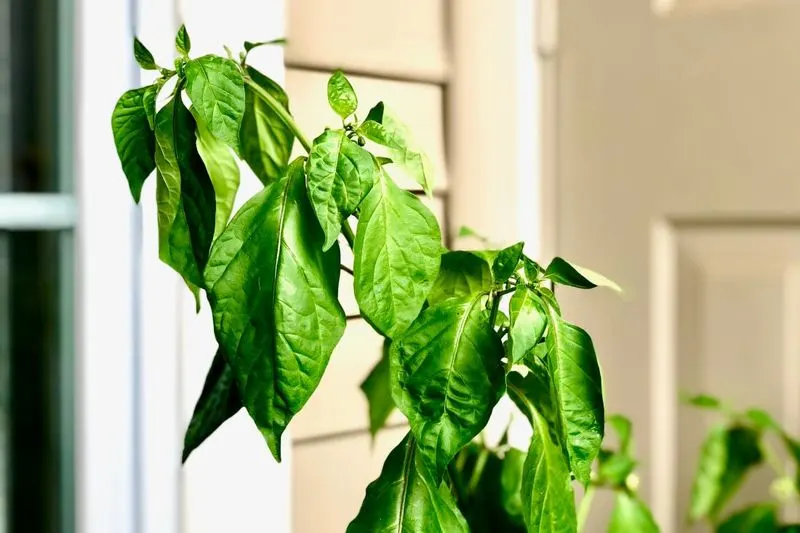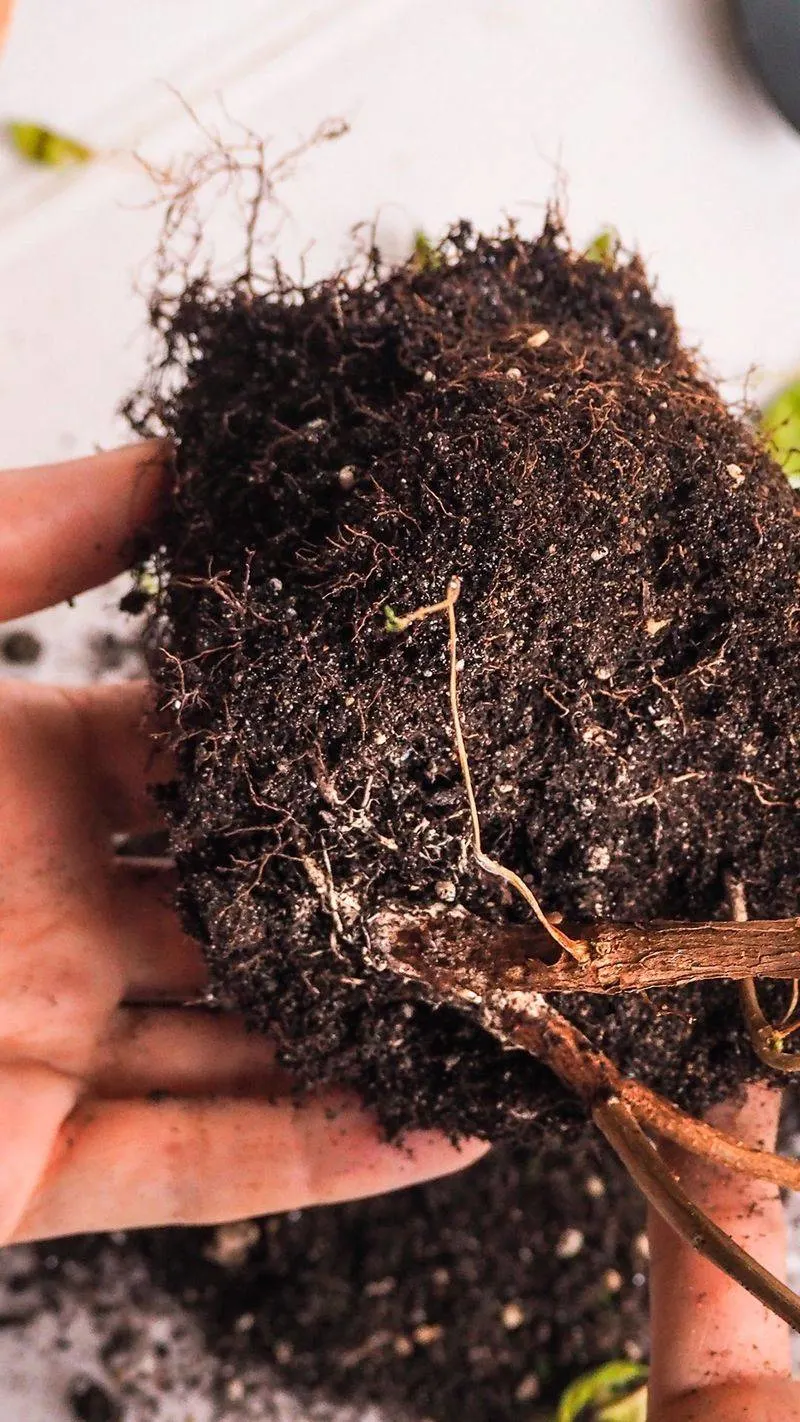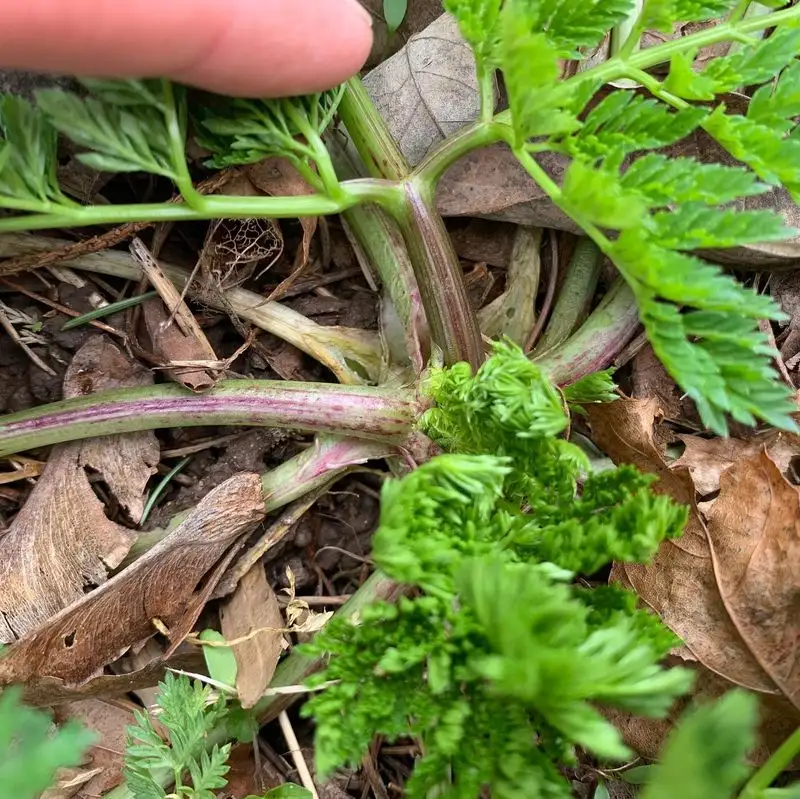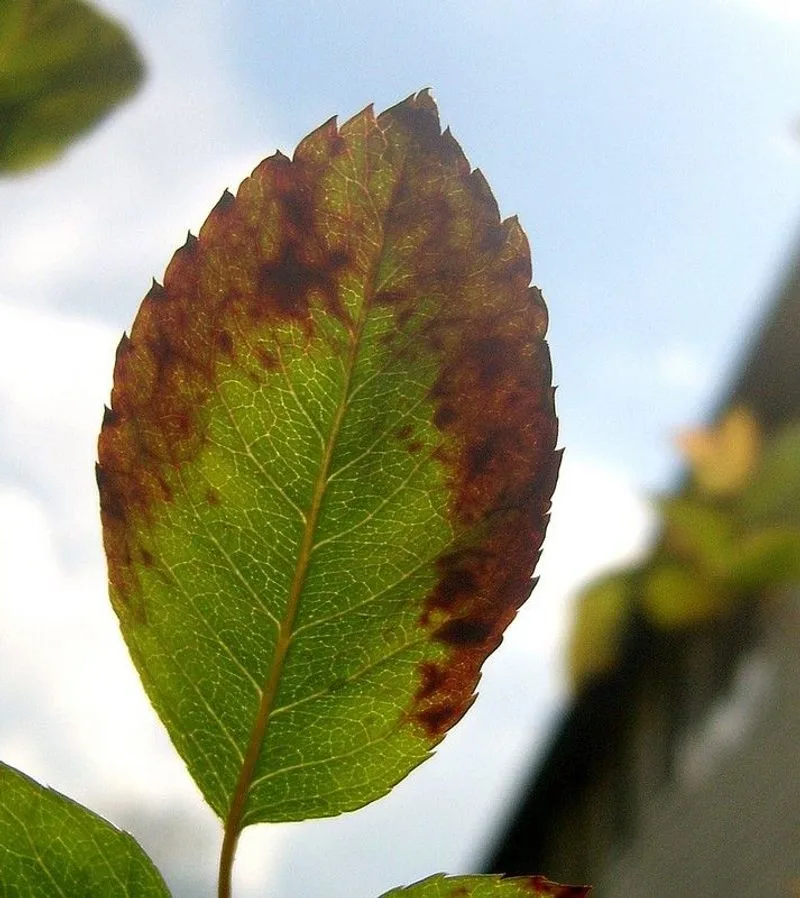It’s easy to overthink plant care, especially when your once-thriving green buddy suddenly looks droopy or discolored. Most of us reach for the watering can at the first sign of trouble, but water isn’t always the solution. In fact, giving your plant too much love in the form of water might be exactly what’s hurting it.
Knowing the difference between an overwatered and underwatered plant can save you a lot of second-guessing. While the symptoms can look similar at a glance, wilting, yellowing, or dropping leaves, the root cause (literally) is very different. Recognizing those subtle signs and understanding what your plant is actually trying to tell you can mean the difference between a quick recovery and a slow decline.
Wilting Leaves

Wilting leaves can indicate both overwatering and underwatering. However, overwatered plants often have mushy or soft leaves due to excess moisture. Underwatered plants, on the other hand, will have leaves that are crisp and dry. The texture difference is a telling sign.
Observing the plant’s soil is helpful. Overwatered plants usually sit in soggy soil, while underwatered ones are in dry, cracked soil.
Assessing the leaf’s condition and soil moisture can guide you to the right watering correction.
Yellowing Leaves

Yellowing leaves are often a sign of overwatering. Excessive water suffocates plant roots, preventing them from absorbing essential nutrients. This results in the yellowing of leaves.
Conversely, if the yellowing is accompanied by crisp edges, it might indicate underwatering. The lack of moisture causes stress, leading to nutrient deficiency.
Understanding the context and other symptoms can help determine the precise cause of yellowing.
Root Rot

Root rot is a classic symptom of overwatering. When roots sit in waterlogged soil, they’re deprived of oxygen, leading to decay. This decay makes the roots dark, mushy, and odorous.
Healthy roots should be firm and white. Underwatering rarely results in root rot. It primarily affects the plant’s foliage.
Regularly checking root health can prevent overwatering issues. If rot is detected, reducing water and improving drainage are critical steps.
Brittle Stems

Underwatered plants often suffer from brittle stems. Lacking adequate moisture, these stems become weak and fragile. This is in stark contrast to overwatered plants, which may have swollen or soft stems.
The contrast in stem texture can offer clues. If the stems snap easily, it’s likely a sign of dehydration.
Addressing watering habits can quickly revive the plant’s structural integrity.
Leaf Edges Browning

Browning leaf edges often point to underwatering. When plants don’t receive enough water, the leaf edges dry out and turn brown. This is due to the plant conserving moisture.
In overwatered plants, brown edges might be softer to touch, as opposed to the dry crispiness seen in underwatered ones.
Monitoring watering frequency and volume can prevent further browning.
Fungal Growth

Fungal growth is typically associated with overwatering. Excess moisture creates a perfect environment for fungi to thrive. This growth is often seen on the soil’s surface or on the plant itself.
Underwatered plants rarely face fungal issues, as dry conditions are inhospitable to fungi.
Ensure proper drainage and air circulation to combat fungal growth and maintain plant health.
Leaf Drop

Leaf drop can occur in both scenarios but has different triggers. In overwatering, leaves fall due to root suffocation and lack of nutrient uptake.
For underwatered plants, leaf drop happens when the plant enters survival mode, shedding leaves to conserve water.
Observing the plant’s overall health and moisture level can help address the root problem effectively.

